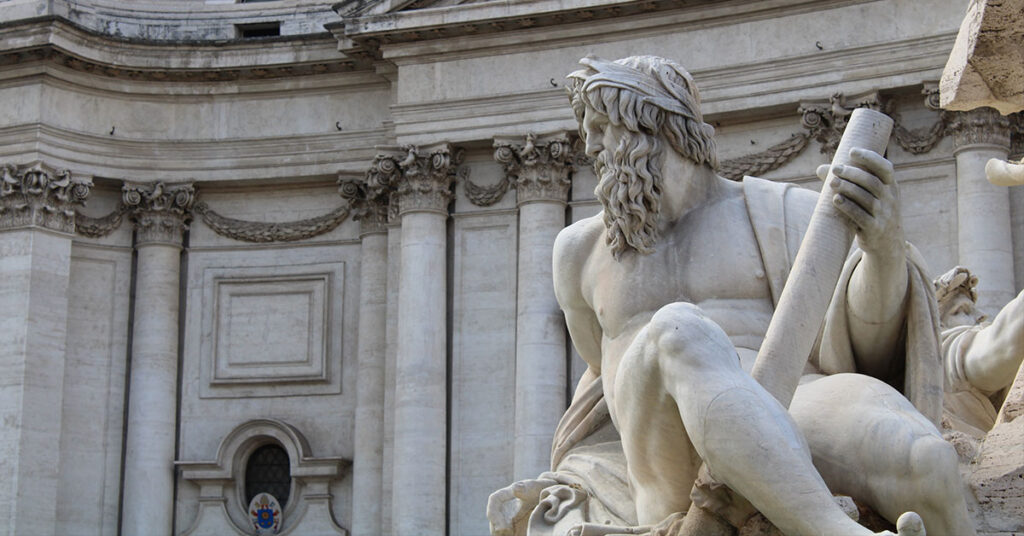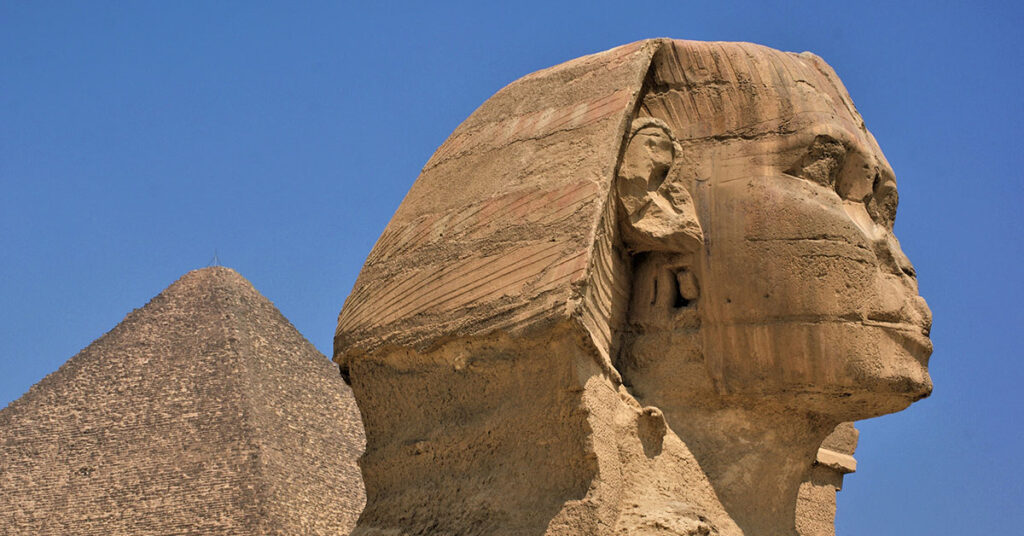The Influence and Meaning of Leadership Symbols
Leadership symbols have been a significant aspect of human societies for centuries. They serve as a means to reinforce a leader’s position, differentiate them from others, and connect them with an institution’s history and values. This article explores the purpose, significance, and types of these symbols, analyzing how they influence people and what they represent in various cultures.
Table of Contents
Symbols of Leadership: A Means of Influence
Leadership symbols range from clothing and accessories to insignia and ceremonial regalia, all of which can articulate rank, privilege, and power. For instance, presidential symbols such as flags, sashes, entrance marches, or medallions denote the president’s position, mostly used for domestic purposes.
These symbols not only reinforce the leader’s authority but also serve as rallying points for people. They provide a sense of stability, continuity, and connection to history, thereby influencing people’s perceptions and attitudes toward their leaders.
Common Symbols Representing Leadership
- Presidential Symbols: The American presidential march “Hail to the Chief”, and presidential sashes worn by the presidents of Latin America, are examples of leadership symbols. These are often used during official ceremonies or events, signaling the presence and authority of the president.
- Monarchical Symbols: Crowns, robes, orbs, and scepters are often used by ruling dynasties to display their power. The use of language mechanisms also supports this differentiation with subjects talking of “the crown” and/or of “the throne” rather than referring directly to personal names and items.
- Military Symbols: In the military, senior officers often carry a baton or similar substitute, such as a swagger stick or cane. Banners, pennants, and guidons serve to identify leaders as rallying points or field command posts.
Leadership Symbols in Greek Mythology
In Greek mythology, the thunderbolt is a notable symbol of leadership. Linked with Zeus, the leader of the Greek Gods, the thunderbolt symbolizes unparalleled strength. The military often uses the thunderbolt insignia as a symbol of power and authority.

Color Symbolizing Leadership
While not universally applicable, in some contexts, the color purple is considered to symbolize leadership. This is likely due to the historical significance of the color, as the rare purple dye was often reserved for imperial clothing, thus becoming a symbol of monarchical status and power.
Animal Symbolizing Leadership: The Sphinx
In the context of leadership symbols, the Sphinx, particularly that of Egyptian civilization, is often considered a symbol of leadership. The Sphinx, with the body of a lion and the head of a human, symbolizes intellect and power. It was viewed as a guardian that protected treasures, gates, and secrets, thus serving as a symbol of a beneficent protector and leader.

Powerful Leadership Symbols and Their Meanings
Symbols such as the oak tree have been revered as holy in many ancient societies, often associated with power, wisdom, and endurance. In Greco-Roman civilization, the oak tree was among the emblems of their major god, Zeus/Jupiter, a great leader of the Gods. The Celtic term for the tree was drus, which also means “strong” or “hard”.
Leadership & Symbolism
Symbolism plays a crucial role in leadership, as it allows leaders to communicate complex ideas, values, and ideologies in an understandable and relatable manner. By using symbols, leaders can connect with their followers on a deeper level, evoke emotions, and influence behavior and perceptions. This is because symbols are often culturally significant, tapping into shared history, values, and experiences.
Leadership Symbols as Communication Tools
Symbols serve as powerful tools for leaders to communicate their message. By associating themselves with certain symbols, leaders can express their values, principles, and vision without having to articulate them explicitly.
For instance, a political leader might use the national flag during a speech to invoke feelings of patriotism and unity among the audience. The flag, in this case, serves as a symbol of the nation’s history, values, and shared identity.
Symbols and Emotional Engagement
Symbols also engage people at an emotional level. They can evoke feelings of pride, loyalty, and belonging, which can motivate people to support the leader and the cause they represent.
For instance, a company logo can serve as a symbol that represents the organization’s mission and values. Employees who identify with these values may feel a greater sense of commitment and loyalty toward the organization.
Symbols and Cultural Connection
Symbols can also connect leaders with a culture or tradition, enhancing their credibility and appeal. In Greek mythology, the thunderbolt, associated with Zeus, symbolizes unparalleled strength and leadership.
By associating themselves with such symbols, leaders can tap into cultural narratives and myths to enhance their image and appeal2.
Questions and Answers
Q: What symbol represents leadership?
A: There are many symbols that can represent leadership, but some of the most common ones include presidential sashes, crowns, scepters, batons, and the thunderbolt in Greek mythology.
Q: What is the Greek symbol for leadership?
A: In Greek mythology, the thunderbolt is a notable symbol of leadership. It is linked with Zeus, the leader of the Greek Gods, and symbolizes unparalleled strength.
Q: What color is associated with leadership?
A: In some contexts, the color purple is considered to symbolize leadership. This association likely originates from the historical significance of the color, as the rare purple dye was often reserved for imperial clothing, thus becoming a symbol of monarchical status and power.
Q: What animal represents leadership?
A: In the context of leadership symbols, the Sphinx, particularly that of Egyptian civilization, is often considered a symbol of leadership. The Sphinx, with the body of a lion and the head of a human, symbolizes intellect and power.
Q: Why do leaders use symbols?
A: Leaders use symbols to reinforce their position, differentiate them from others, and connect them with an institution’s history and values. These symbols influence people’s perceptions and attitudes toward their leaders, providing a sense of stability, continuity, and connection to history.